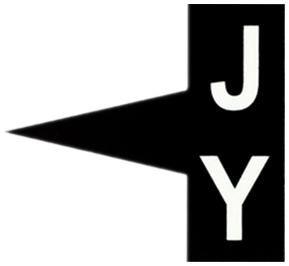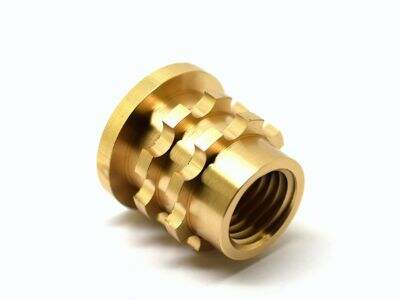Many companies that create things like airplanes, cars, and medical tools use a special and important process called CNC machining. The process can be used to make complex parts, by computer controlling a machine that removes material such as metal and plastic. It is immensely useful, but also somewhat treacherous. For some features, the machine has its own restriction, and thus it could be difficult to make a part that runs only well in cnc precision turning machining At times, there are necessary alterations to the designs to serve this constraints. So, bring in CNC machinists early in your design process to help you solve this problem, Jiyan suggests. These skilled workers can advise designers on what can actually be manufactured with the machines — and what designs might not work. They bring expertise that can save time and effort in the long run. They also can be made as larger parts, they can be better designed with smooth and rounded edges and holes instead of sharp angles, etc. This allows errors to be minimized, and for breaking tools to be avoided, paving the road for a safer and smoother process.
Find Time-Saving Improvements: How to Save Time
One downside of CNC machining is that it can take a while — particularly if the machine has to stop frequently to reposition the workpiece. Poor planning of the machining can result in problems like tools getting worn out too quickly and higher work times that can burden the company with increasing costs. Using CAM software can save time in one aspect. This software assists in creating the paths the tools need to take, which means less work on the floor by the machinists. It is able to speed up the entire process and make it more efficient. A great tip that may come in handy is to use zero-point clamping systems. They quickly and securely hold sections in place, facilitating a speedier and simpler setup. Focusing less on setup will allow manufacturers to enhance their productivity and devote more time to producing superior parts.
Strategies for Being Accurate
Accuracy is critical in CNC machining. It is tough to get it right the first time all the time since even a small mistake will ruin a part, resulting in increased costs and wasted materials. When it comes to nail down the correct accuracy a lot of planning has to go into it. It also includes the proper depth of cut, feed rate, and cutting speed. All of these factors affect how well the machine operates. Five-axis machining can also help machinists be more precise. This technique yields shorter tools which are less likely to bow or break during cutting. That gives machinists greater control over shaping the material. It’s also pretty important to keep the machines in good condition. Since certain parts of a machine can get worn out and cause errors, we need to regularly inspect the machine and repair them. This keeps everything running smoothly and correctly.
Selecting Appropriate Cutting Tools
Selecting Appropriate Cutting Tools because the final quality is heavily dependent on the cutting tool in cnc prototype machining. Jiyan recommends quality tools also—those made from materials such as high-speed steel or carbide. These materials are resistant to being dulled during high heat. That is important because machining can create a lot of heat. Machinists select between tools uncoated (for better heat control) or coated (with longer life and wear resistance). Which is not the only factor in determining which is “the right tool”. For instance, diamond-coated tools perform well on hard materials such as ceramics, producing a clean and precise cut without affecting the material itself.
CNC Machining: Techniques for Precision
Unlike 3D printing, CNC machining requires skilled machinists that are experienced with the machines, tools, and materials they work with. What they know is essential to getting the best results. Among others, which will help them to be more accurate, such as using a lubricant or coolant so the tools do not reach high temperatures and last longer during the machining process. Use programming techniques, such as contour milling, to increase the efficiency of tools by optimizing their trajectories. This allows the tools to not only move more effectively, but also create better shapes. Another useful technique is probing systems that automatically measure what is being worked on. 41This provides greater accuracy as well as less need for humans to double-check, which increases the overall efficiency and reliability of the whole process.
To sum it up, cnc turning parts machining is an important element of current manufacturing, and it must be done with precision. To ensure that each and every part is high quality and exact, manufacturing can involve solving design issues, saving time, using effective strategies, choosing the most effective tools, or employing precise techniques. Jiyan advises collaborating with experienced machinists who will guide you with their expertise in the manufacturing process. With the right technologies and processes in place, manufacturers can bring high-quality components to the market reliably, guaranteeing that their products maintain the high quality in demand in today and future markets. All of this collaborating and strategizing creates positive outcomes and contributes to companies thriving.


